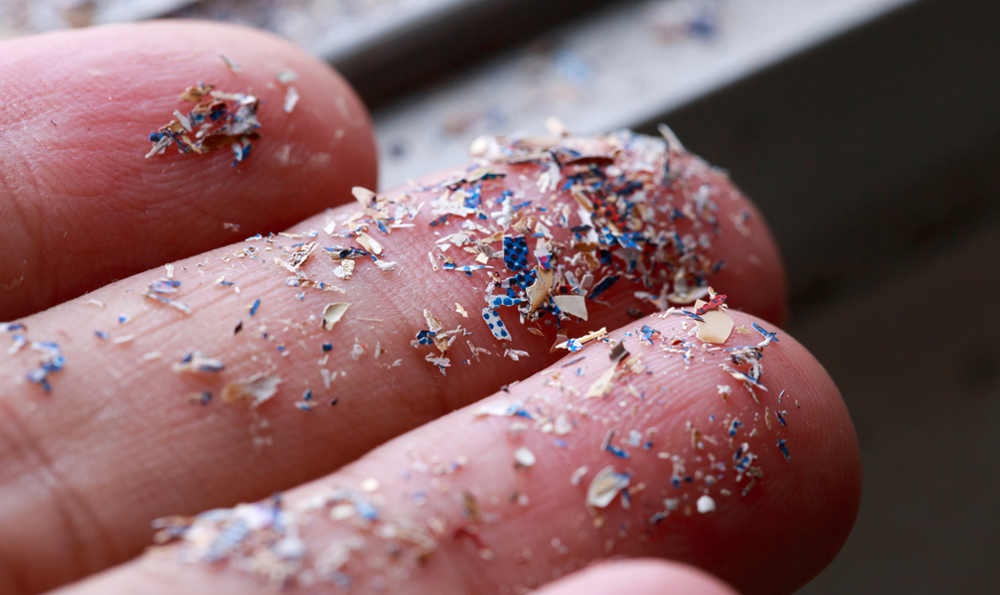Plastics have become an invisible presence in our lives. Far beyond water bottles or product packaging, tiny plastic particles are everywhere—in the air we breathe, the water we drink, the clothes we wear, and the food we eat.
In fact, research shows that microplastics and nanoplastics have infiltrated our bodies, too. This raises questions about the impact plastics—and their potentially toxic chemicals—are having on our health and environment.
“Plastics never really go away; they just break down into smaller and smaller particles,” says Adriana Guido-Rios, DO, a primary care doctor at Atlantic Health System. “Research is just starting to uncover the effects these toxic plastic particles are having on our bodies.”
So, what exactly are microplastics? And are they a significant health concern?
What are microplastics and nanoplastics?
Tiny plastic particles, known as microplastics, are less than five millimeters in size or just under 0.2 inches. Even smaller particles, known as nanoplastics, are virtually undetectable to the human eye. They come from degraded plastic products as they break down, dispersing into our air and water so they’re nearly impossible to avoid.
How do microplastics affect health?
Dr. Guido-Rios explains that plastic fragments have been found in human tissue, everywhere from the brain to the reproductive organs to the kidneys, lungs, liver, heart, and gastrointestinal tract. They’ve also been detected in bodily excretions such as urine, breastmilk, and semen.
“Plastics are virtually indestructible,” she says, “and whether they’re consumed or inhaled, the accumulation of microplastics in the body may lead to toxic buildup over time and cause potential damage.”
What is early research showing?
While the full extent of their impact on human health is still being studied, early research suggests that microplastics may be toxic and could contribute to a range of health problems, including:
- Inflammation
- Respiratory issues
- Autoimmune dysfunction
- Fertility problems
- Cell and tissue damage
- Metabolism imbalances
- Gastrointestinal and digestive symptoms
- Colon and lung cancers
- Growth and development concerns
- Endocrine disruption
What can we do about it?
While it is impossible to completely avoid plastics, and more specifically microplastics, here are a few ways to reduce your exposure to them.
- Filter your drinking water.
- Choose food and drinks with minimal or no plastic packaging.
- Select cleaning products that do not contain or shed microplastics.
- Look for BPA-free (bisphenol A) plastic and paper products.
- Avoid single-use plastics.
- Use eco-friendly reusable products like those made of glass, stainless-steel, and porcelain.
- Wear clothes made of natural fibers rather than polyester or nylon.
- Seek out plastic-free toiletries and cosmetics.
- Remove worn nonstick cookware and plastic cutting boards from your kitchen.
- Avoid putting plastic containers in the microwave or dishwasher.
“There’s no need to panic about plastics, but instead, just start to build your awareness about it,” says Dr. Guido-Rios.











